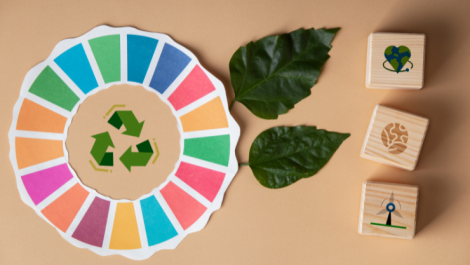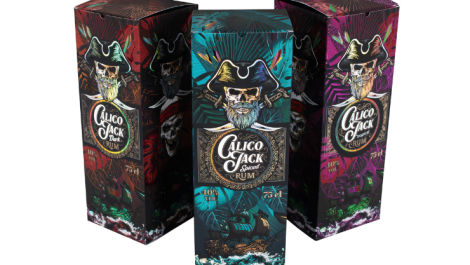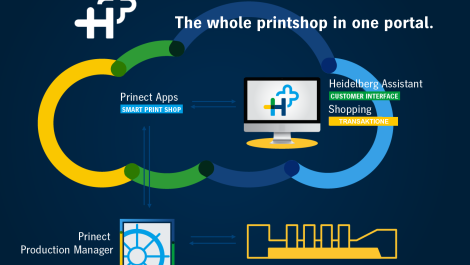There is already one installation of Tonejet’s inkjet technology, enabling a European packaging converter to create variable metal can decoration, but much more is yet to come, writes Andy Knaggs.
Digital printing has always been about opportunity: as technology has developed and improved in every way, so the applications it could viably be used for have expanded; with an expanded range of applications, so digital printers were able to discuss with customers the new opportunities that this technology afforded their businesses. One such opportunity, barely scratched as yet, is metal can decorating. The size of the potential market is vast – as many as 300 billion beverage cans alone are produced every year – and it is one that Tonejet has been quietly developing inkjet technology to address for some time.
‘I think we will initially become a dominant method of selling and building brand,’ opined Simon Edwards, the Hertfordshirebased company’s vice president for sales and marketing. ‘If you look at what Heineken has done with clever artwork and competitions on cans…I don’t think they make much money from that, but it gets people focused on theirbrand so they’re increasing the sales of their traditionally packaged products.’
The technology, which uses an electrostatic drop-on-demand nozzle-less printhead, is in use at a single site – one of Ball Packaging Europe’s production plants in Germany. It is a true digital inkjet process, in that every tin can may be printed with a completely different image. Cans, aerosols, aluminium bottles – all such items can be printed with variable imagery and information. They can be produced to cross-sell other items, carry personalisation and special offers, even to mark significant events – a royal baby, a British winner at Wimbledon – in timely fashion.
According to Mr Edwards, brands and supermarkets are starting to grasp what might be possible with digitally printed metal cans and tubes: ‘People are realising that they can do significant things with variable imagery, capturing the attention of the customer while still retaining the brand. There’s a huge opportunity. The home shopping delivery market is still growing – in that scenario you’ve already bought the product, so it’s an ideal moment to advertise something else.
‘We are starting to hear noises from the supermarket chains about how they can take more control over the packaging. Digital is going to kick off. It has been stumbling but that’s because people are trying to justify the running costs. We are trying to change that around so the costs are not so great and the technology can be relied upon. Basically, packaging is stagnant because of long lead times, but with digital it can be turned around really quickly.’
Tonejet has developed the printheads and the ink, which are pigment inks made to a particular recipe by the company’s ink partners (currently INX and Sun Chemical). It has no desire to build printing presses as such, but is working with certain technology partners (whom Mr Edwards declines to reveal) to marry the partner’s substrate handling platform with Tonejet’s printhead, fluid management systems and data handling.
The ink and printhead combination generates two significant advantages that Tonejet believes will make this technology gain traction in the digital packaging arena. Instead of nozzles in the printhead, there is an array of ejectors, around which the ink (about 12% pigment particles, the rest a mineral oil carrier) flows. Applying an electric pulse to an ejector jets the ink, but because the carrier solution has no charge, the proportion of pigment to carrier that is deposited on the metal can’s surface is greater – up to 25% pigment now. Tonejet can therefore get a heavy concentration of ink with a very thin ink layer – between 350 and 500 nanometres, it claims.
‘It means that this ink is close to the cost of a conventional ink,’ said Mr Edwards. ‘With the thin ink layer as well, that means that the running cost of the press is very low ten to 20 times lower than a UV inkjet system. That’s our big value, as well as being nozzleless.’
The thin ink layer has a further benefit in this market. After printing, the metal cans need to be ‘necked’ at the top for a lid to be fitted. This is an aggressive process that causes stretching, and a thick ink layer can crack.
Tonejet is studying other applications of the technology, specifically in the flexible packaging field, printing onto webs of aluminium foils, plastic films and such like. ‘In the next 18 months, things will accelerate. Expect a lot more news to come out about Tonejet. With the low running costs and thin ink layer this is a disruptive technology – it’s not like traditional inkjet,’ he added.




